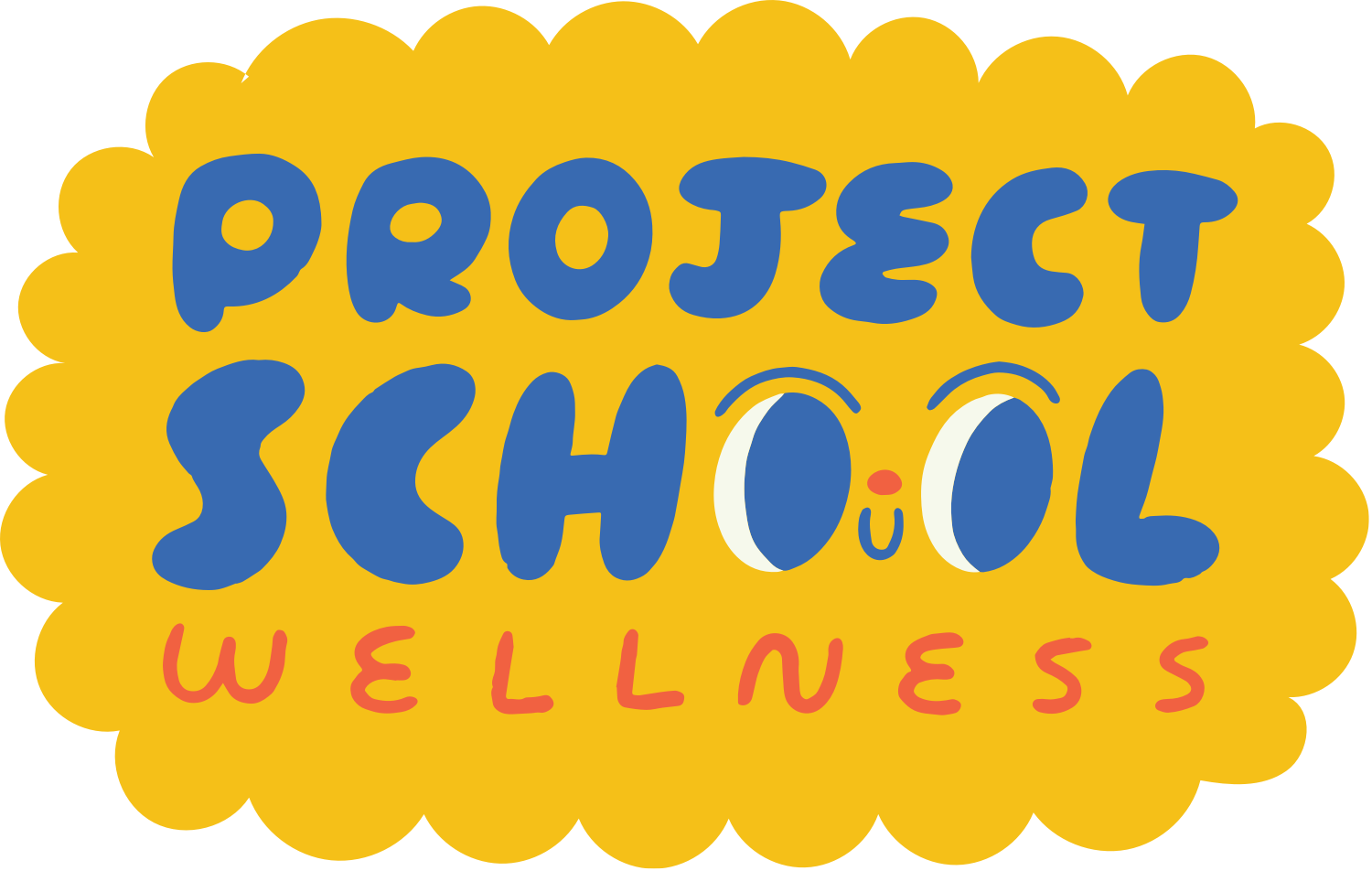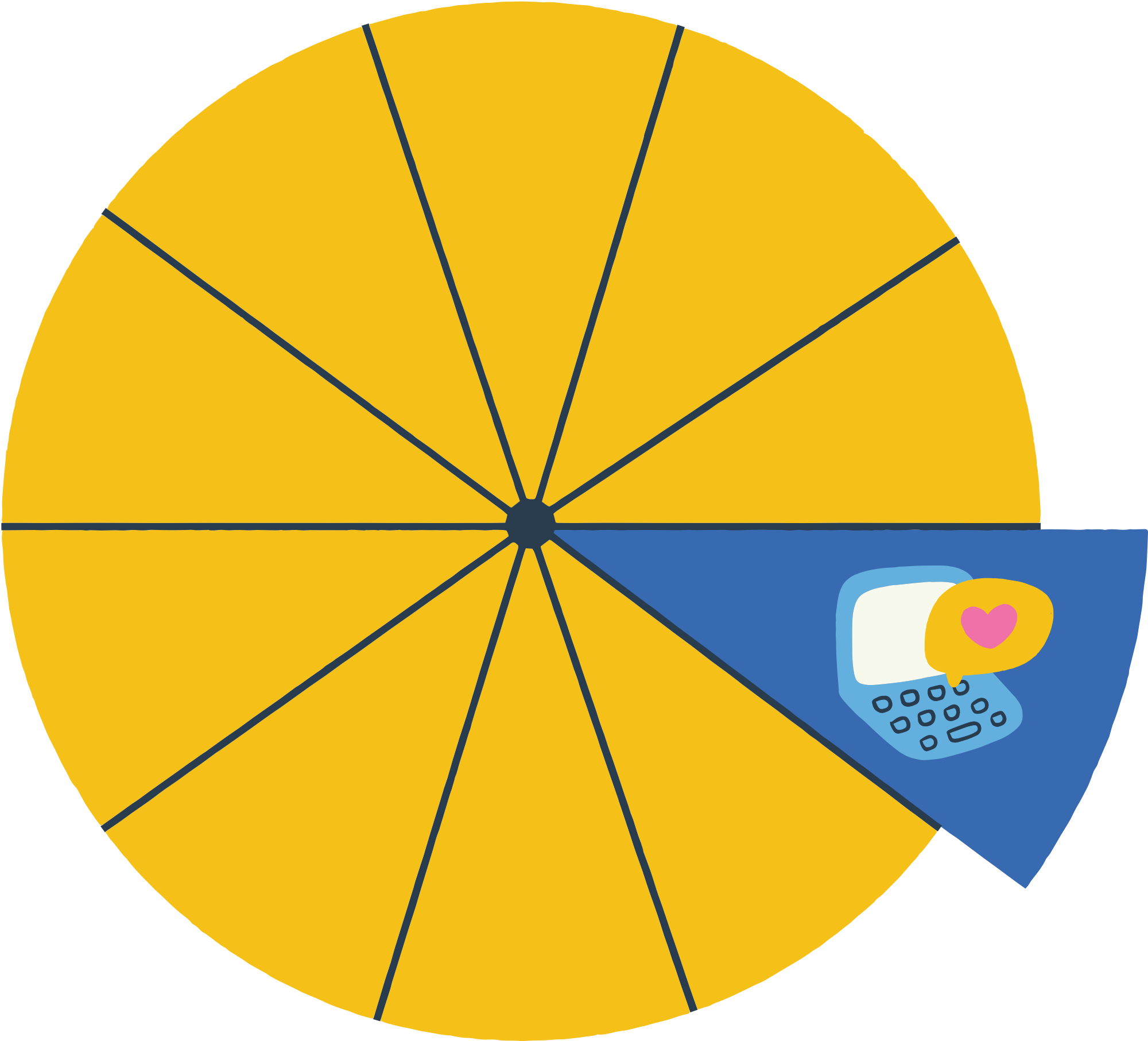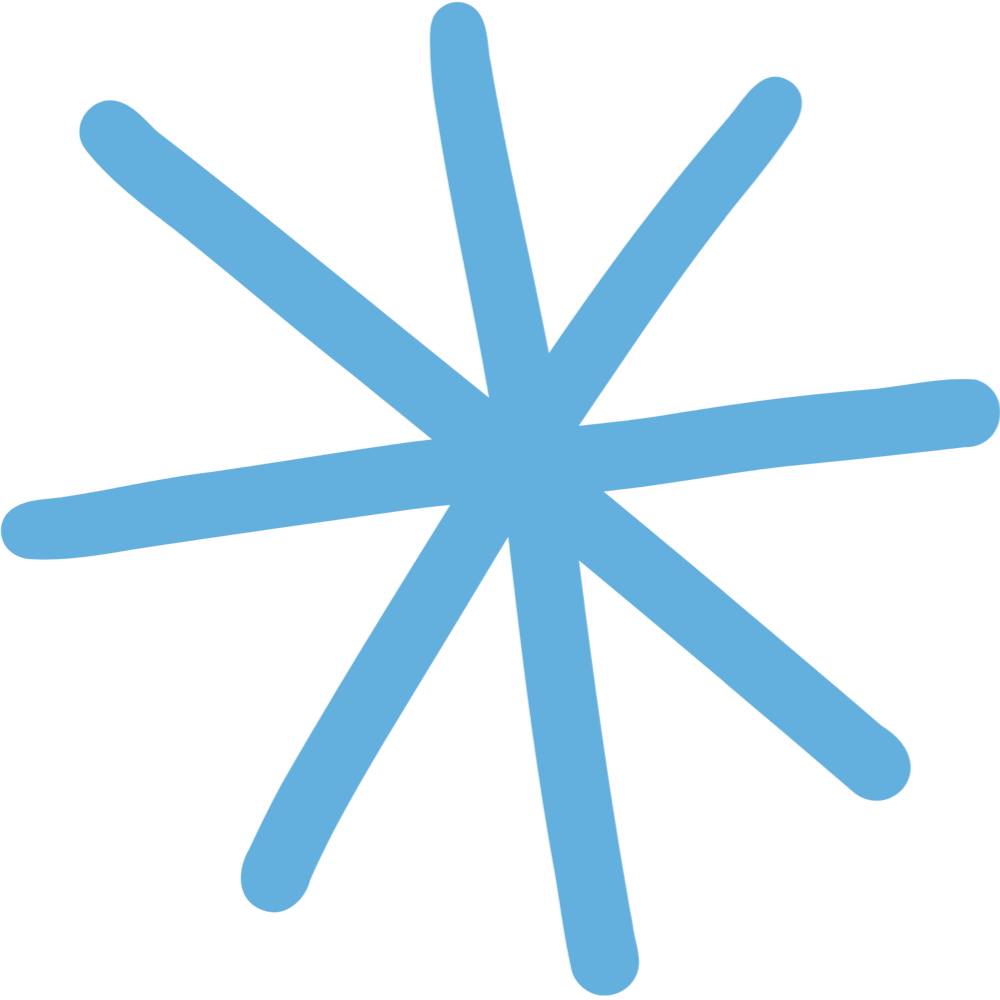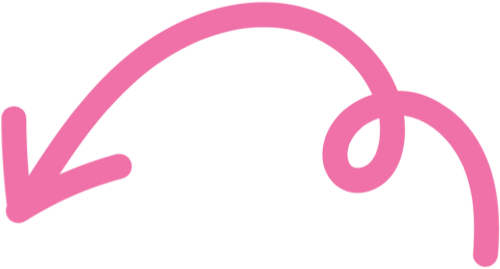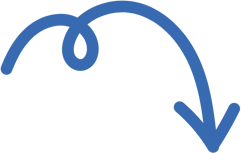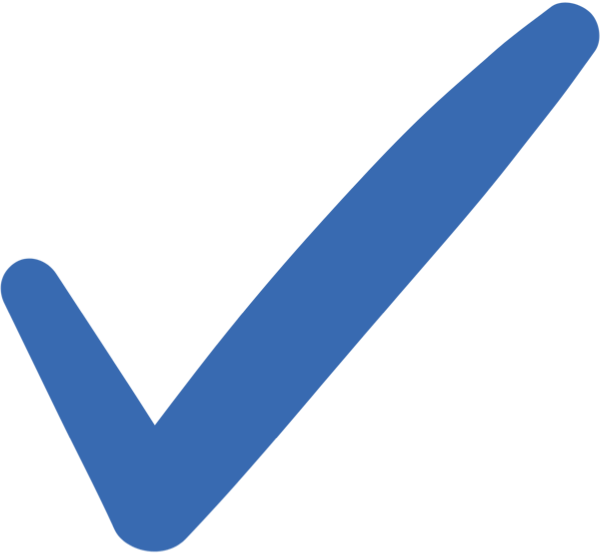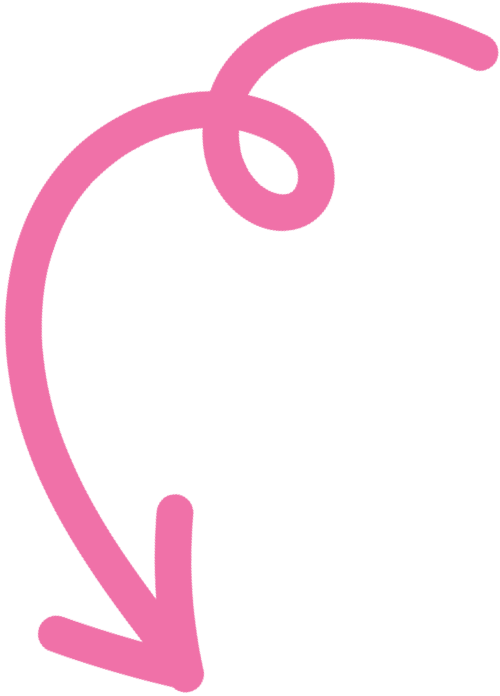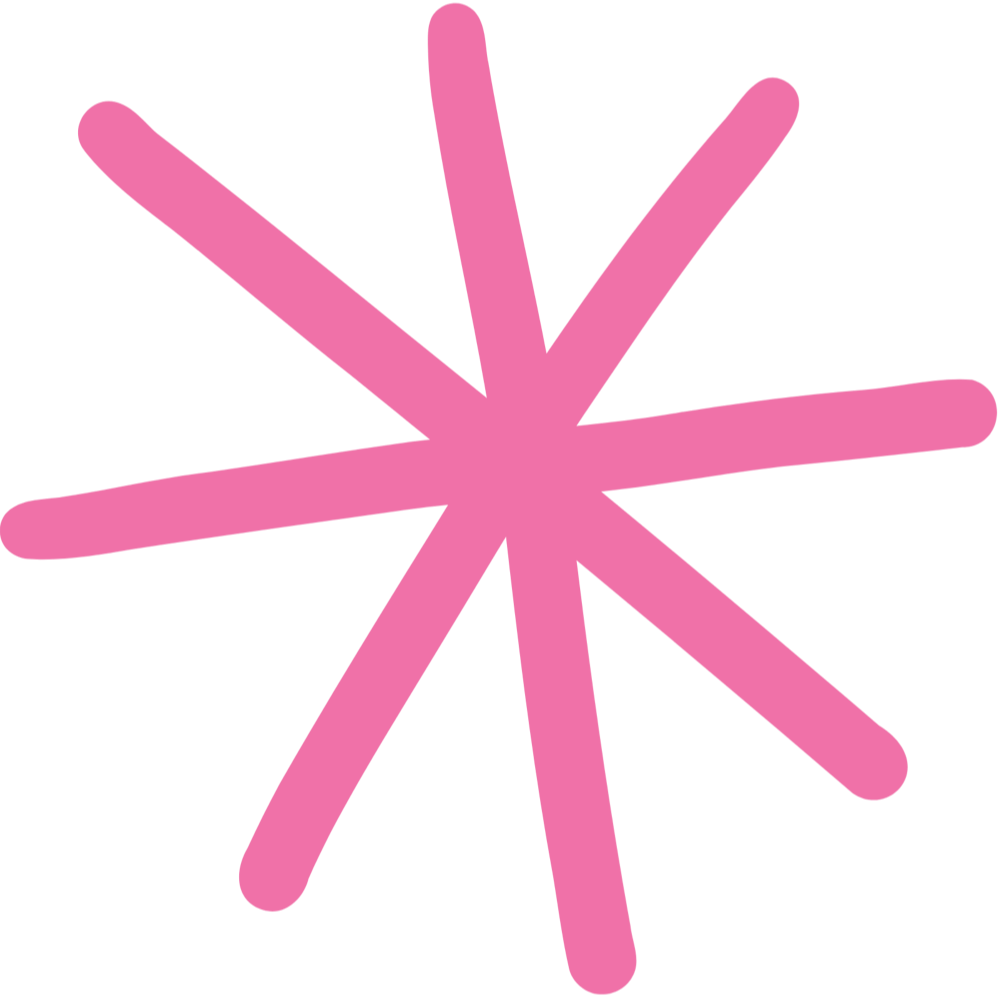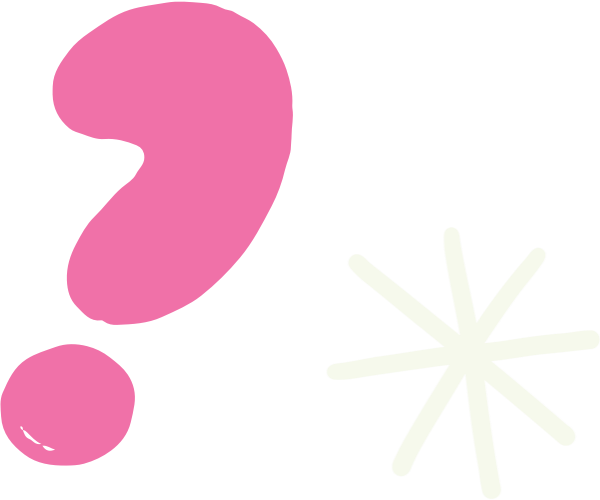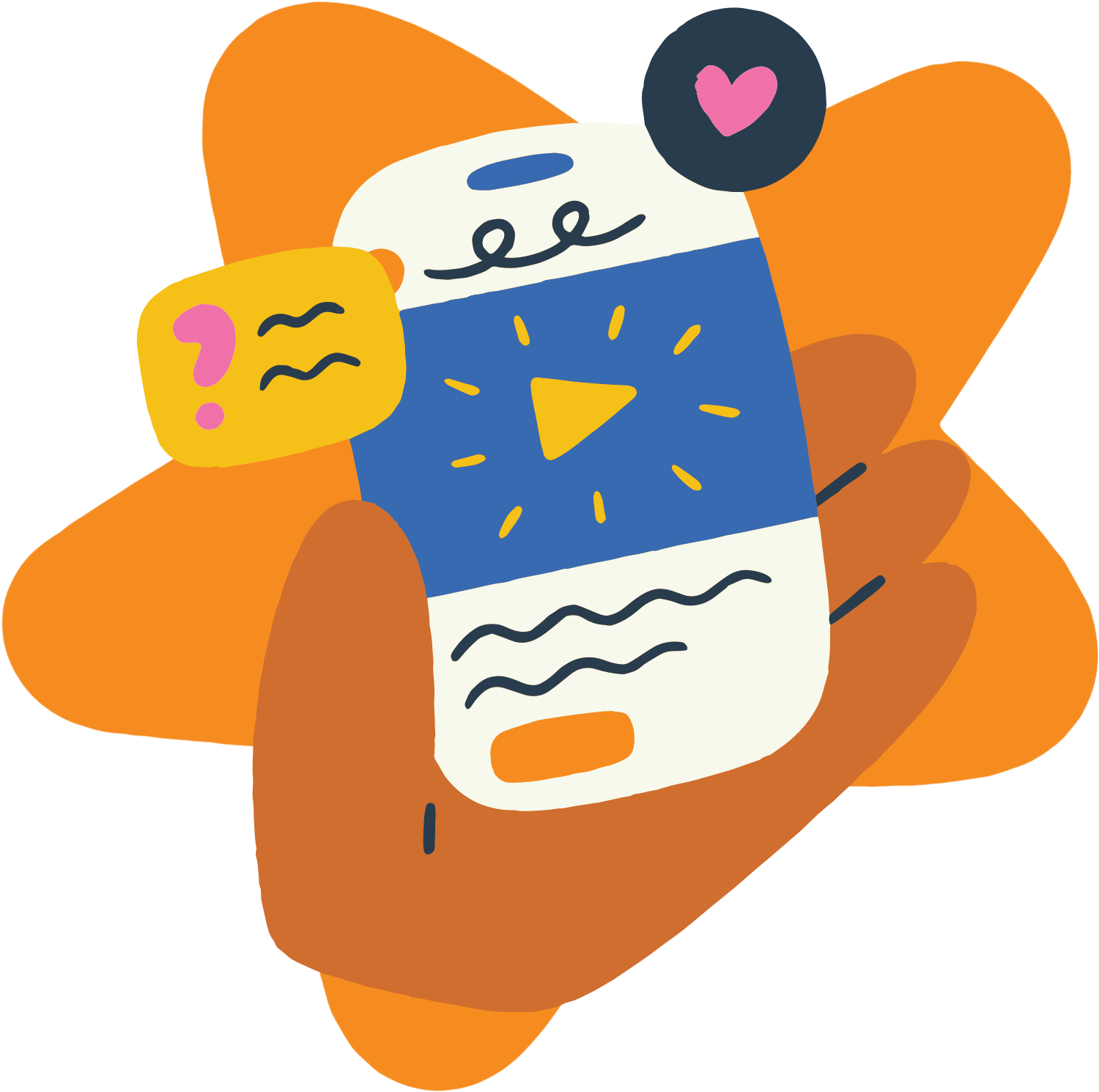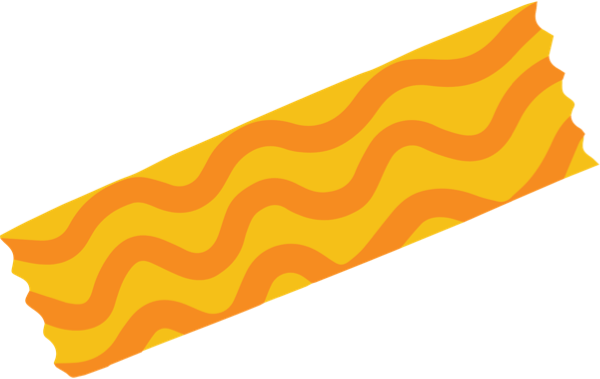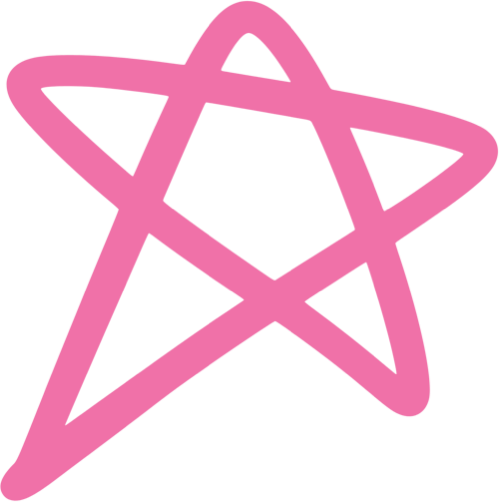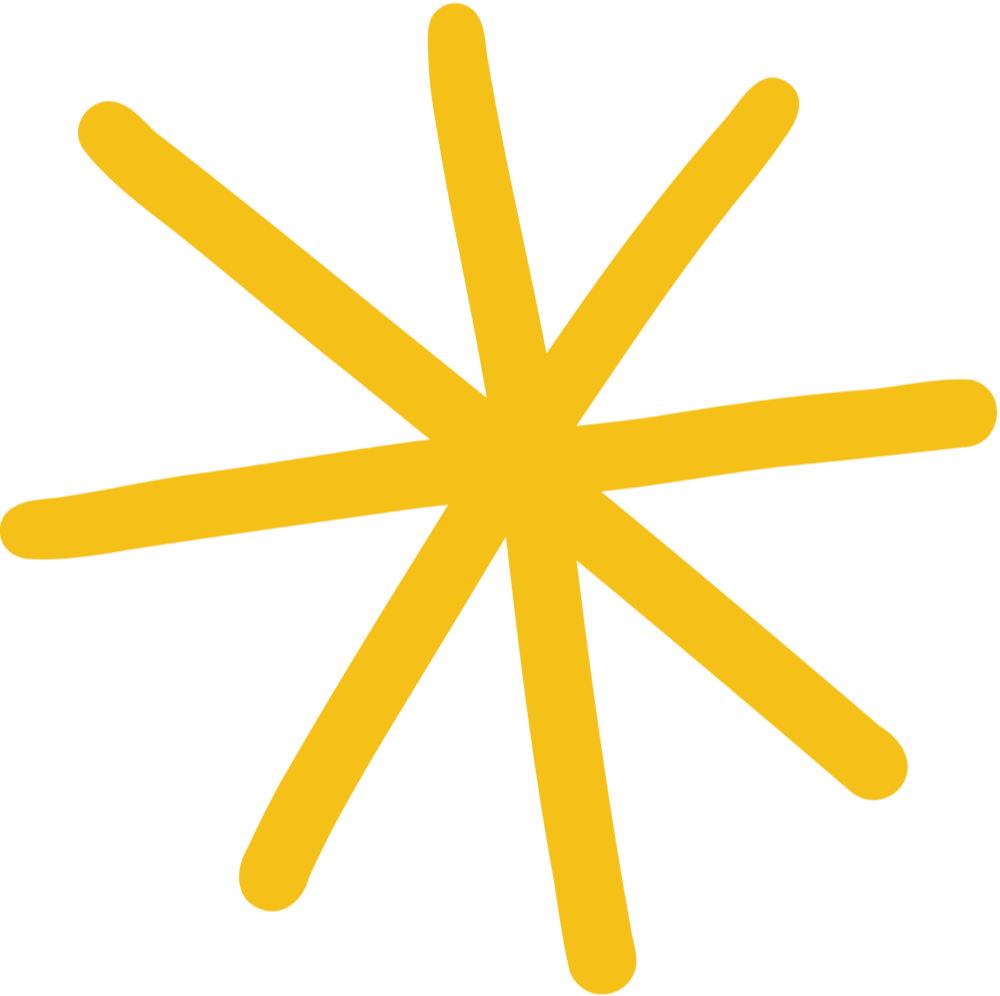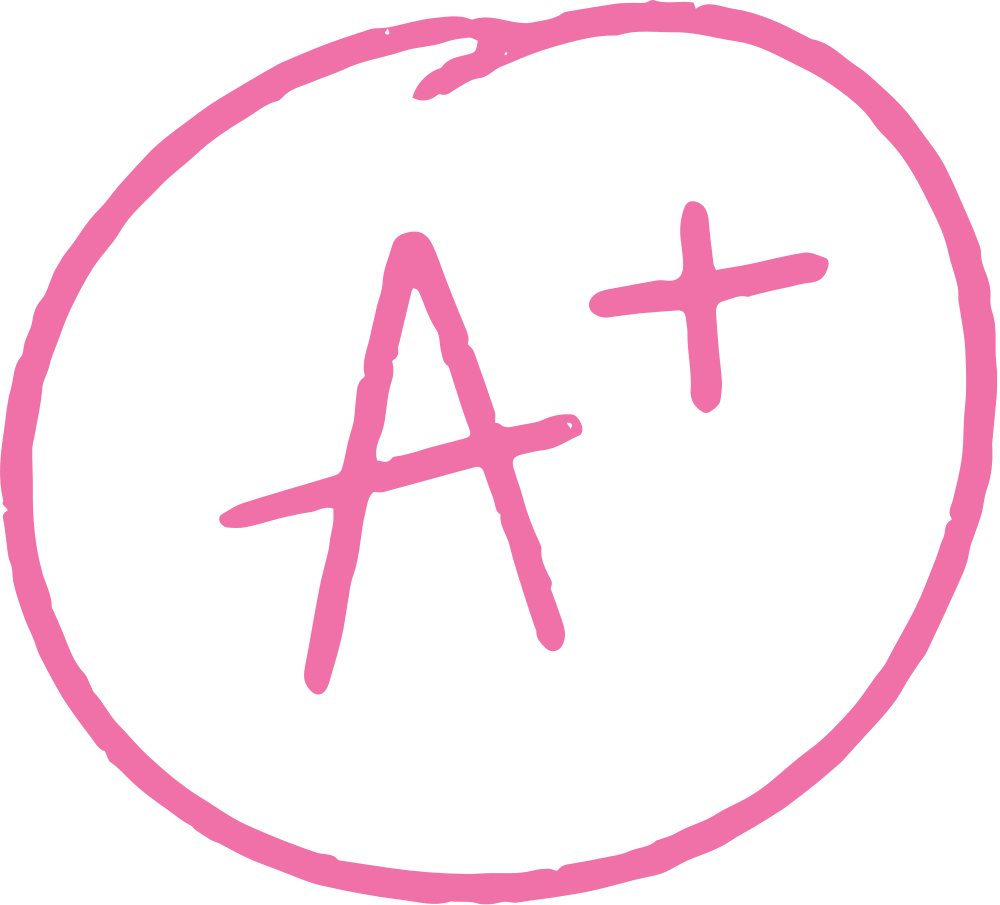
How to Teach the Dimensions of Health
Occupational Health
Occupational health means enjoying the work you do, feeling confident and capable in your skills, and earning enough money to meet your needs and support the life you want to live.
Easy Career Exploration Teaching Activities:
Start Here!
This Occupational Health and Career Exploration Teaching Guide is your go-to resource for teaching occupational health as part of a comprehensive, skills-based health education program. It provides health education teachers with a clear occupational health definition, explains why occupational health matters, and outlines a grade-level-specific teaching progression aligned with the National Health Education Standards. Inside, health teachers will find engaging lesson ideas, instructional videos, and real-world examples to help students explore their interests, build career readiness, and understand how work, purpose, and financial stability are connected to their overall well-being.
tables of contents:
Grade-Level Specific Teaching Ideas →
SHAPE Health Standards and Skills →
An Introduction to teaching Occupational Health
Let’s start with
The Basics
Also available: signature health guides for parents and students to support health learning at home and in class.
For Students → For Parents →
What is Occupational Health Education?
Occupational health is one of the original six dimensions of health featured in the Wellness Wheel, identified by Dr. Bill Hettler, co-founder of the National Wellness Institute. It focuses on finding purpose in your work, developing the skills to do your job well, and earning enough money to support your needs and goals. Occupational health education helps students explore their strengths, interests, and values as they begin to imagine future careers. By nurturing career exploration and occupational health in the classroom, educators support students in building confidence, setting goals, and understanding how work, fulfillment, and financial stability all play a role in lifelong well-being.
Why Occupational Health Matters
Your Job Greatly Impacts Your Well-being
What you do for work affects how you feel, mentally, emotionally, socially, and even physically. A fulfilling job can boost your sense of purpose and happiness, while a stressful or toxic work environment can take a serious toll on your health.
You Spend Most of Your Life Working
From your first job to retirement, work takes up a large portion of your time. Preparing students to pursue careers that align with their values, interests, and strengths helps ensure that time is spent in meaningful and rewarding ways.
Your Job is Your Means of Financial Security
Work is how most people meet their basic needs and fund the life they want to live. Teaching students how to connect career goals with financial literacy and stability helps them build a future where they can thrive.
K - 12 Emotional and Mental Health Education Teaching Progression
Grade-Specific Occupational Health Education Teaching Ideas
Explore K-12 grade-specific occupational health teaching ideas. Each health teacher guide provides clear occupational health learning objectives, essential functional knowledge, engaging teaching activities, and meaningful assessments. You’ll find everything you need to lead an impactful, developmentally-appropriate career exploration program.
-

Learning Objectives
Occupational health learning objectives for elementary school clearly define what students will know and be able to do as a result of each lesson. These objectives focus on developing functional health knowledge, building understanding related to the dimensions of health, and applying essential health skills to real-life situations. Every objective is designed to align with theSHAPE America National Health Education Standards, ensuring that instruction is comprehensive, skills-based, and promotes lifelong well-being.
The Goal: Students are introduced to the world of work, explore different types of jobs, and begin to think about what they might enjoy doing in the future.
✅ Explore a variety of jobs and what people do in their work.
→ Related SHAPE America Health Standards: #1 Build and Apply Functional Knowledge
✅ Identify interests and strengths and match them to different types of jobs.
→ Related SHAPE America Health Standards: #1 Build and Apply Functional Knowledge and #5 Decision Making
✅ Understand that work is one way adults contribute to their community.
→ Related SHAPE America Health Standards: #1 Build and Apply Functional Knowledge and #2 Analyzing Influences
-

Functional Knowledge
Functional knowledge refers to the essential health concepts students need to understand in order to build awareness of how occupational health and career exploration shows up in their lives. This knowledge helps students make informed choices and lays the foundation for managing this aspect of their well-being with intention and confidence.
💡 What Different Jobs Are and What People Do at Work
Students explore a variety of jobs, from teachers and firefighters to bakers and veterinarians, and begin to understand the tasks people do and the roles they play in the world around them.💡 How People’s Interests and Strengths Help Them Succeed in Different Jobs
Students discover that different jobs require different skills and personal qualities and that people often choose work that matches what they enjoy and do well.
💡 How Jobs Help the Community and Support Other People
Students discover that work is not just about earning money but also about helping others and making a difference in the places we live, learn, and play. -
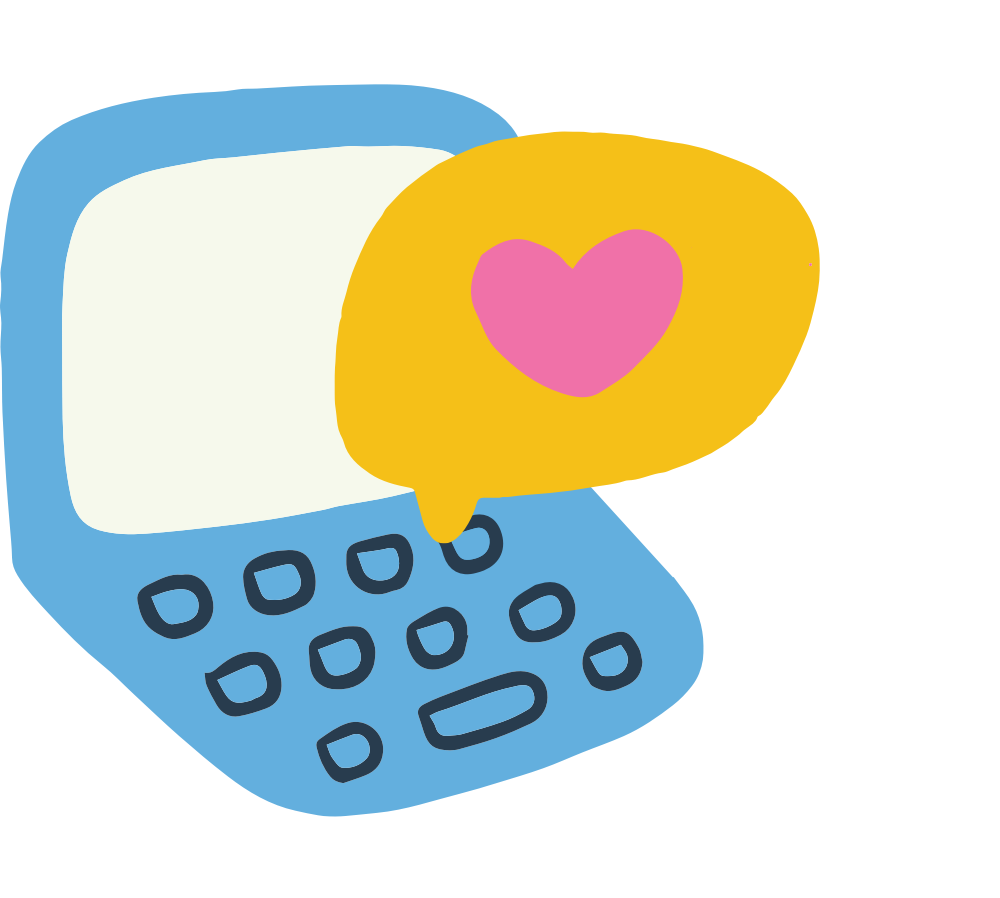
Activities
Activities are health education learning engagements that help students explore, interact with, and build deeper understanding of occupational health and career exploration. Each learning activity is designed to support a skills-based health approach and provide meaningful opportunities for students to explore the functional knowledge and practice the health skills.
🔎 Career Guess Who
Students play a “Guess Who” style activity where students ask yes/no questions to figure out the mystery job.
→ Connects to: What different jobs are and what people do at work
🔎 Career Web or Map
Students create a web or map based on a job that interests them. They add related jobs, required tools or skills, and connections to their own interests or things they’re good at.
→ Connects to: How people’s interests and strengths help them succeed in different jobs
🔎 Helping Hands Job Coloring Page
Students color pictures of different community helpers or jobs. For each one, they draw or write about how that job helps others—filling in "heart hands" or “helping hands” that show the positive impact of each role.
→ Connects to: How jobs help the community and support other people
-

Assessments
These career exploration project-based learning assessments are designed to measure both what elementary students understand and how well they can apply their functional health knowledge and health skills in meaningful, real-world ways. Each health assessment idea aligns with the SHAPE America National Health Education Standards and offers students a practical, hands-on learning experience. By actively using health skills to navigate realistic scenarios, students demonstrate their ability to think critically, make informed decisions, and take ownership of their well-being.
📚 Job Interview & Profile
Students interview someone they know, a family member, teacher, or neighbor, about their job. They create a simple profile that includes what the person does, what they like about their job, and how it helps others.
→ Assesses understanding of different jobs and how they contribute to the community (SHAPE America Standards #1 and #5)
📚 Job Recipe
Students choose a job and create a “recipe” for success, listing the ingredients needed, like skills, interests, personality traits, and responsibilities. They reflect on how these elements help a person do their job well.
→ Assesses understanding of how people’s strengths and interests help them succeed at work (SHAPE America Standards #1, #6, #7)
📚 Our Working Community
Students create a mini town made up of different community jobs. Each student takes on a role (e.g., mail carrier, nurse, grocery clerk, teacher), learns what that job does, and works together with classmates to act out a typical day in their “working community.” The goal is to show how every job is important and how they all work together to support the community.
→ Assesses understanding of how jobs help others and support a functioning society (SHAPE America Standards #1 and #7)
-

Learning Objectives
Occupational health learning objectives clearly define what middle school students will know and be able to do as a result of each career exploration lesson. These objectives focus on developing functional health knowledge, building understanding related to the dimensions of health, and applying essential health skills to real-life situations. Every objective is designed to align with the SHAPE America National Health Education Standards, ensuring that instruction is comprehensive, skills-based, and promotes lifelong well-being.
The Goal: Students build awareness of how work connects to well-being and begin exploring jobs they can do now and in the future based on their interests, skills, and values.
✅ Understand the connection between work and overall well-being, including how jobs affect stress, purpose, and lifestyle.
→ Related SHAPE America Health Standards: #1 Build and Apply Functional Knowledge and #2 Analyzing Influences
✅ Explore part-time jobs, volunteer roles, and school responsibilities as ways to build skills and experience.
→ Related SHAPE America Health Standards: #7 Practice Health-Enhancing Behaviors
✅ Identify personal values, interests, and strengths and how they relate to various jobs.
→ Related SHAPE America Health Standards: #5 Decision Making and #6 Goal Setting
-

Functional Knowledge
Functional knowledge refers to the essential health concepts students need to understand in order to build awareness of how emotional and mental health shows up in their lives. This knowledge helps students make informed choices and lays the foundation for managing this aspect of their well-being with intention and confidence.
To support their occupational health, middle school students need to understand how work connects to well-being, explore real-life opportunities available to them, and begin noticing how different jobs reflect a variety of values and interests.
💡 How a Person’s Job Impacts Overall Well-being
Students learn that a person’s work can influence their mental, emotional, physical, and social health. They explore how job satisfaction, purpose, and stress levels affect overall quality of life.
💡 What Jobs and Volunteer Opportunities are Available to Students
Students identify jobs and service opportunities that are accessible to them, like babysitting, lawn care experts, food drives, or helping at school, and understand how these experiences build useful life and workplace skills.
💡 How different values and interests connect to different kinds of work
Students explore how careers reflect a wide range of interests (like working with animals, solving problems, or creating things) and values (like helping others or making money), building awareness of how personal identity influences career pathways.
-

Activities
Activities are health education learning engagements that help students explore, interact with, and build a deeper understanding of occupational health. Each learning activity is designed to support a skills-based health approach and provide meaningful opportunities for students to explore the functional knowledge and practice the health skills.
🔎 Work & Well-Being Analysis
Students read short scenarios involving people in different work situations (e.g., a nurse working night shifts, a teen babysitter saving for a bike). For each one, they identify which dimensions of health are being impacted, positively or negatively, and explain why.
→ Connects to: How a person’s job impacts overall well-being
🔎 “We’re Hiring!” Flyer Project
Students research a job or volunteer opportunity that could be available to someone their age. They create a flyer advertising the position, including a job title, description, tasks, skills needed, and why it’s a good experience for someone their age.
→ Connects to: What jobs and volunteer opportunities are available to students
🔎 Job Matching Game: Interests & Careers
Using cards or a digital tool, students match various interests and values (e.g., helping animals, solving problems, building things) with different types of jobs. This can be done as a class sorting activity, partner challenge, or rotating game station.
→ Connects to: How different values and interests connect to different kinds of work
-

Assessments
These career exploration project-based learning assessments are designed to measure both what students understand and how well they can apply their functional health knowledge and health skills in meaningful, real-world ways. Each health assessment idea aligns with the SHAPE America National Health Education Standards and offers students a practical, hands-on learning experience. By actively using health skills to navigate realistic scenarios, students demonstrate their ability to think critically, make informed decisions, and take ownership of their well-being.
📚 Job Report Card: Total Health Check
Students choose a job and assess how it impacts the different dimensions of health, not just financially, but emotionally, socially, and physically. They give the job a “report card” rating in each area and explain their reasoning.
→ Assesses understanding of how a person’s job impacts overall well-being (SHAPE America Standards #1 and #2)
📚 Volunteer or Job Experience + Reflection
Students find a small job or volunteer role (e.g., helping at home, babysitting, school clean-up, tutoring) and try it out for a set amount of time. They reflect on what skills they used or built, how they felt, and how it affected their well-being.
→ Assesses awareness of available opportunities (SHAPE America Standards #1, #2, and #7)
📚 Job Interest Presentation
Students choose a job that interests them and create a short presentation explaining what the job involves and what kinds of interests, values, and strengths are important for someone in that role.
→ Assesses understanding of how different interests and values connect to jobs (SHAPE America Standards #1, #4, and #7)
-

Learning Objectives
Occupational Health learning objectives clearly define what high school students will know and be able to do as a result of each lesson. These objectives focus on developing functional health knowledge, building understanding related to the dimensions of health, and applying essential health skills to real-life situations. Every objective is designed to align with the SHAPE America National Health Education Standards, ensuring that instruction is comprehensive, skills-based, and promotes lifelong well-being.
The Goal: Students engage in meaningful career exploration, analyze how job-related factors impact well-being, and build the habits and skills needed for future success.
✅ Analyze how different types of jobs influence well-being, physically, mentally, socially, and financially.
→ Related SHAPE America Health Standards: #1 Build and Apply Functional Knowledge and #2 Analyzing Influences
✅ Explore careers through in-depth research, informational interviews, job shadowing, or mentorship opportunities.
→ Related SHAPE America Health Standards: #1 Build and Apply Functional Knowledge and #3 Accessing Valid Resources
✅ Develop habits and personal skills, like time management, goal setting, and communication, that support job success.
→ Related SHAPE America Health Standards: #6 Goal Setting and #7 Practice Health-Enhancing Behaviors
-

Functional Knowledge
Functional knowledge refers to the essential health concepts students need to understand in order to build awareness of how occupational health shows up in their lives. This knowledge helps students make informed choices and lays the foundation for managing this aspect of their well-being with intention and confidence.
To support their occupational health, high school students need to engage in deeper analysis of how work affects overall well-being, explore methods for researching potential career paths, and understand the habits and skills that contribute to long-term success in the workplace.
💡 How jobs impact well-being across all dimensions of health
Students analyze how different aspects of a job, like schedule, physical demands, workplace culture, income, and sense of purpose, can impact mental, emotional, physical, and social health, both positively and negatively.
💡 What sources to use when researching a career
Students learn how to gather accurate, relevant information about a career by using trusted websites, job databases, informational interviews, and job shadowing. They evaluate factors like required education, salary, work-life balance, and potential for growth.
💡 What habits and skills are essential for success in different types of jobs
Students identify and evaluate workplace habits (e.g., time management, communication, accountability) and job-specific skills that are necessary for succeeding in a variety of career fields.
-

Activities
Activities are health education learning engagements that help students explore, interact with, and build deeper understanding of occupational health and career exploration. Each learning activity is designed to support a skills-based health approach and provide meaningful opportunities for students to explore the functional knowledge and practice the health skills.
These activities encourage students to think critically about careers, assess real-world job factors, and connect their personal development to future workplace success.
🔎 Career Scenario Review with the B.E.S.T. Model
Students analyze workplace scenarios (e.g., a nurse working night shifts, a freelance artist juggling clients) and identify how each job impacts the four elements of the B.E.S.T. Model: Body, Environment, Self (emotions, identity, and mental health), and Social Ties. This activity promotes a holistic understanding of how careers affect overall well-being.
→ Connects to: How jobs impact well-being across all dimensions of health
🔎 Career Interviews
Students interview someone currently working in a career of interest. They prepare questions about daily responsibilities, challenges, required skills, and how the job affects their well-being. Students present their takeaways to the class or write a reflection.
→ Connects to: How to research a career using multiple sources
🔎 Job Description Detection: Skills & Habits Analysis
Students read real job postings or descriptions and highlight the required skills, habits, and attitudes (e.g., collaboration, punctuality, leadership). Then, they reflect on how they are currently developing those skills through school, extracurriculars, or part-time jobs.
→ Connects to: What habits and skills are essential for success in different types of jobs
-

Assessments
This occupational health project-based learning assessment is designed to measure both what high school students understand and how well they can apply their functional health knowledge and health skills in meaningful, real-world ways. This health assessment idea aligns with the SHAPE America National Health Education Standards and offers students a practical, hands-on learning experience. By actively using health skills to navigate realistic scenarios, students demonstrate their ability to think critically, make informed decisions, and take ownership of their well-being.
📚 Comprehensive Career Research Project
Students explore a career of interest and showcase what they’ve learned through research, reflection, and analysis.
Interview a professional and research job responsibilities, education, and growth potential
Analyze how the job impacts all areas of well-being (using the B.E.S.T. Model or dimensions of health)
Identify key job-related skills and habits, and reflect on how they’re building them in real life
Host a class career fair where each student presents findings
-
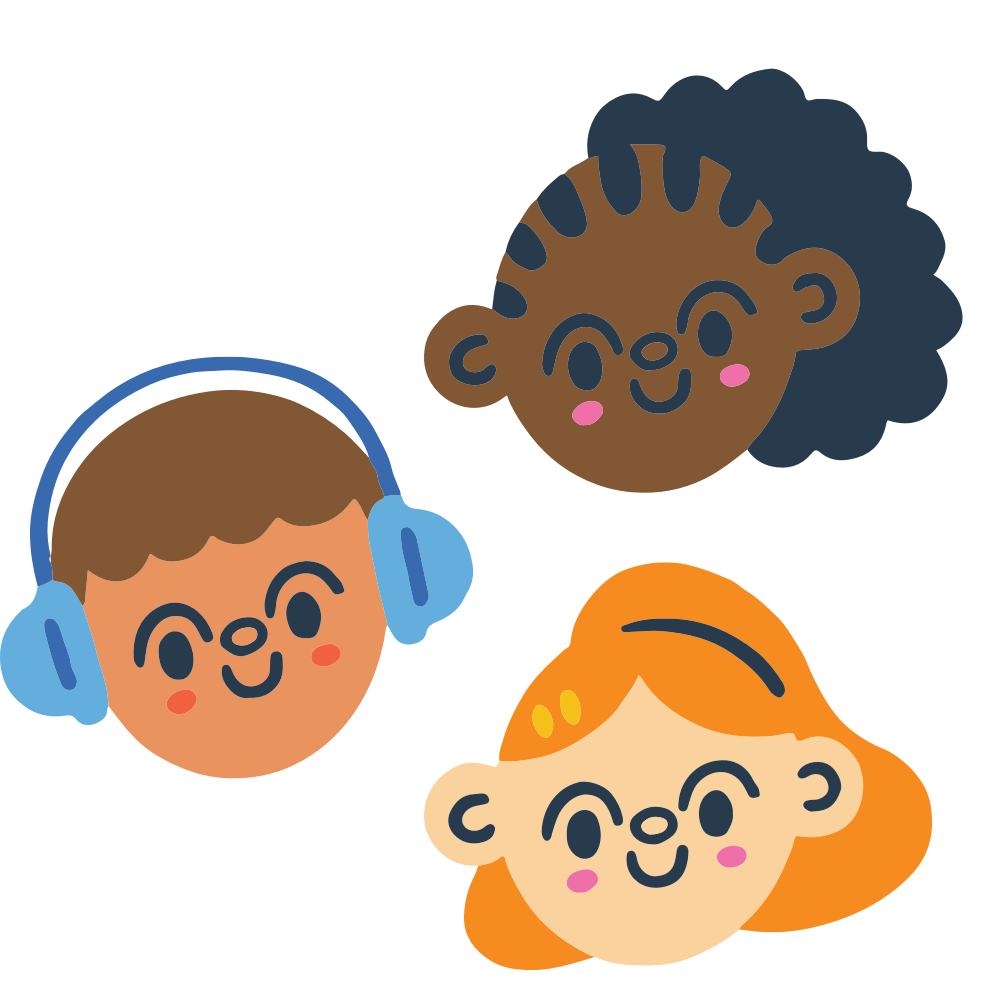
For Students
Discover a catalog of teen health guides packed with essential healthy living tools. Each health guide features topic overviews, self-assessment check-ins, red flag indicators, actionable resources, and more to help students take charge of their health and well-being.
-
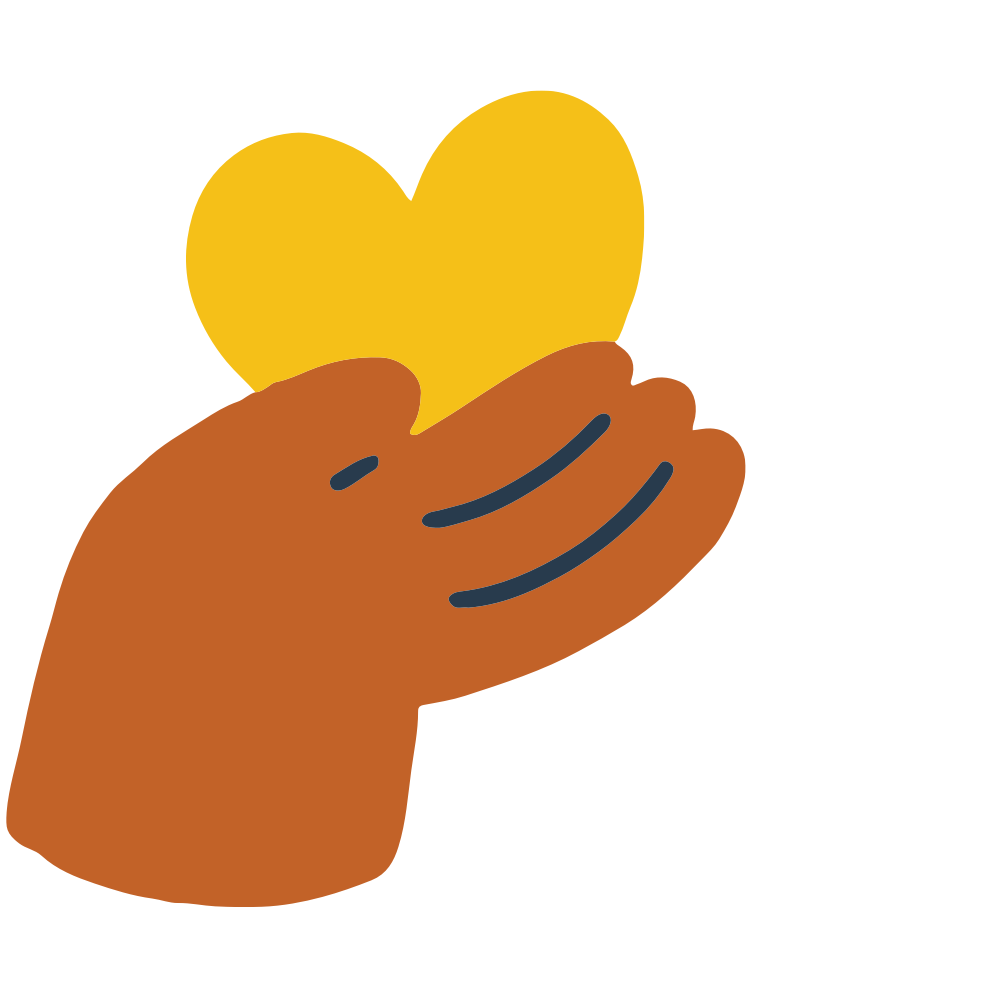
For Parents
The ultimate guide for parents to raise healthy kids, foster open communication, and become their child’s trusted go-to adult. Discover our parent health guides filled with conversation starters, topic overviews, curated resources, and practical tools to confidently support your child’s health and well-being.
how to Teach the SHAPE america Standards
Occupational Health Teaching Ideas Connected to SHAPE America Standards
Explore the health skills table below to discover teaching ideas that connect occupational health education to SHAPE America’s National Health Education Standards. By linking career exploration and occupational health learning experiences to health skills like decision-making, self-management, and analyzing influences, you can create meaningful, skills-based learning experiences that help students build awareness for themselves and others.
-
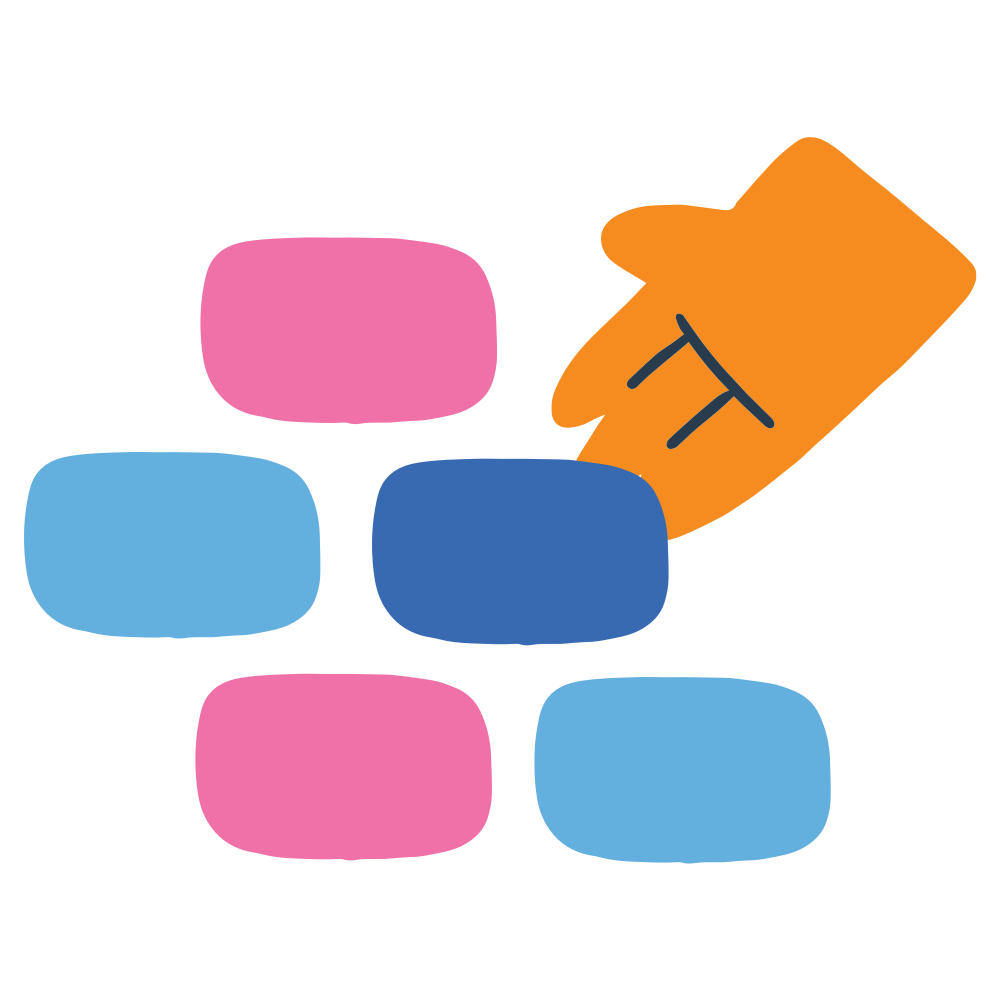
Building and Applying Functional Knowledge
SHAPE America Standards #1
Learning and Using Health Knowledge
-

Analyzing Influences
SHAPE America Standards #2
See What Shapes How You Feel, Think, and Act
-
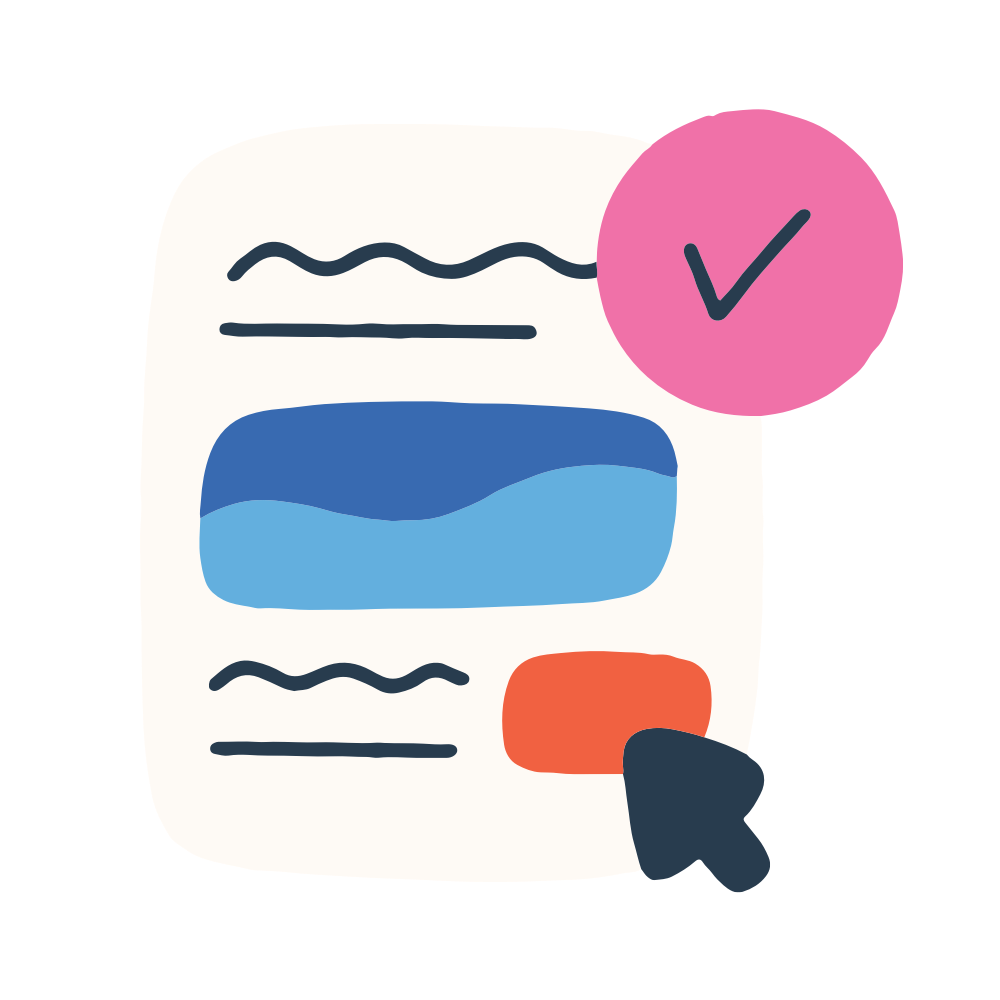
Accessing Resources
SHAPE America Standards #3
Find Valid Health Info & Services
-

Interpersonal Communication
SHAPE America Standards #4
Communicate Effectively
-
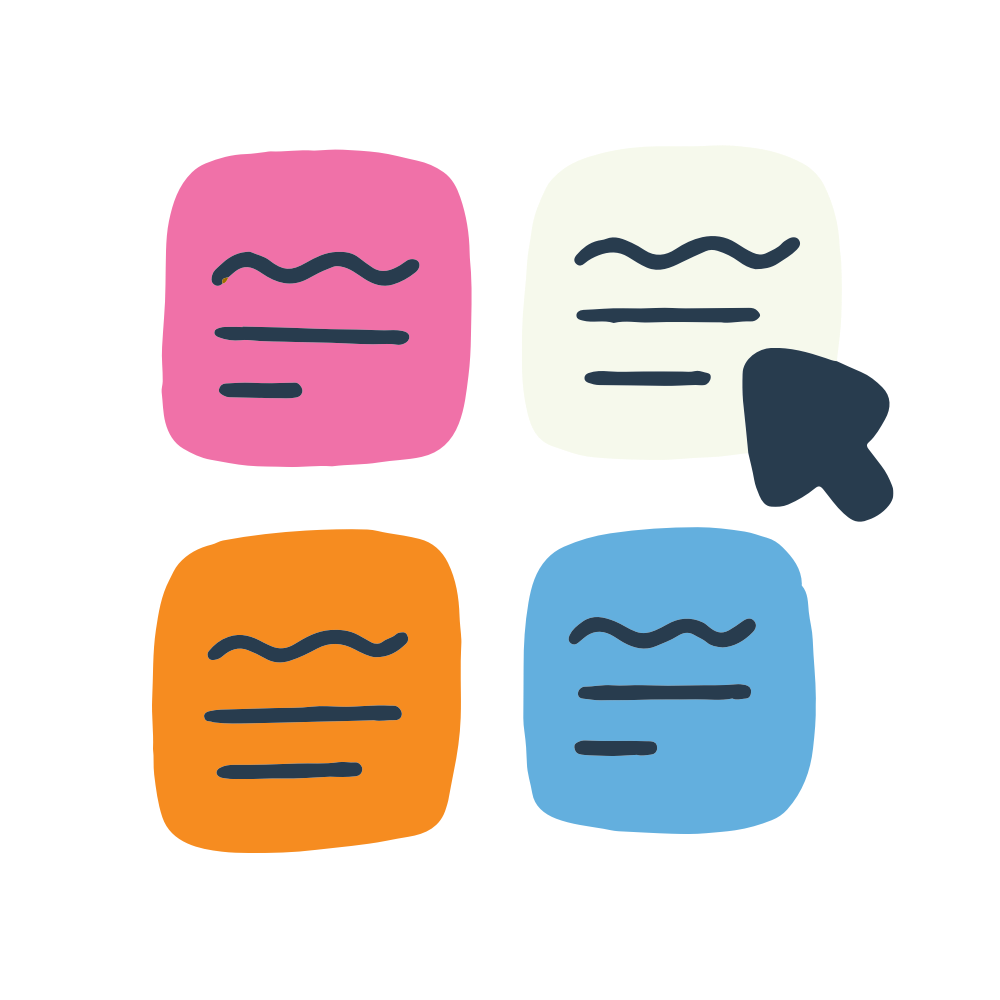
Decision Making
SHAPE America Standards #5
Make Enriching Health Choices
-

Goal Setting
SHAPE Standard #6
Set and Reach Health Goals
-
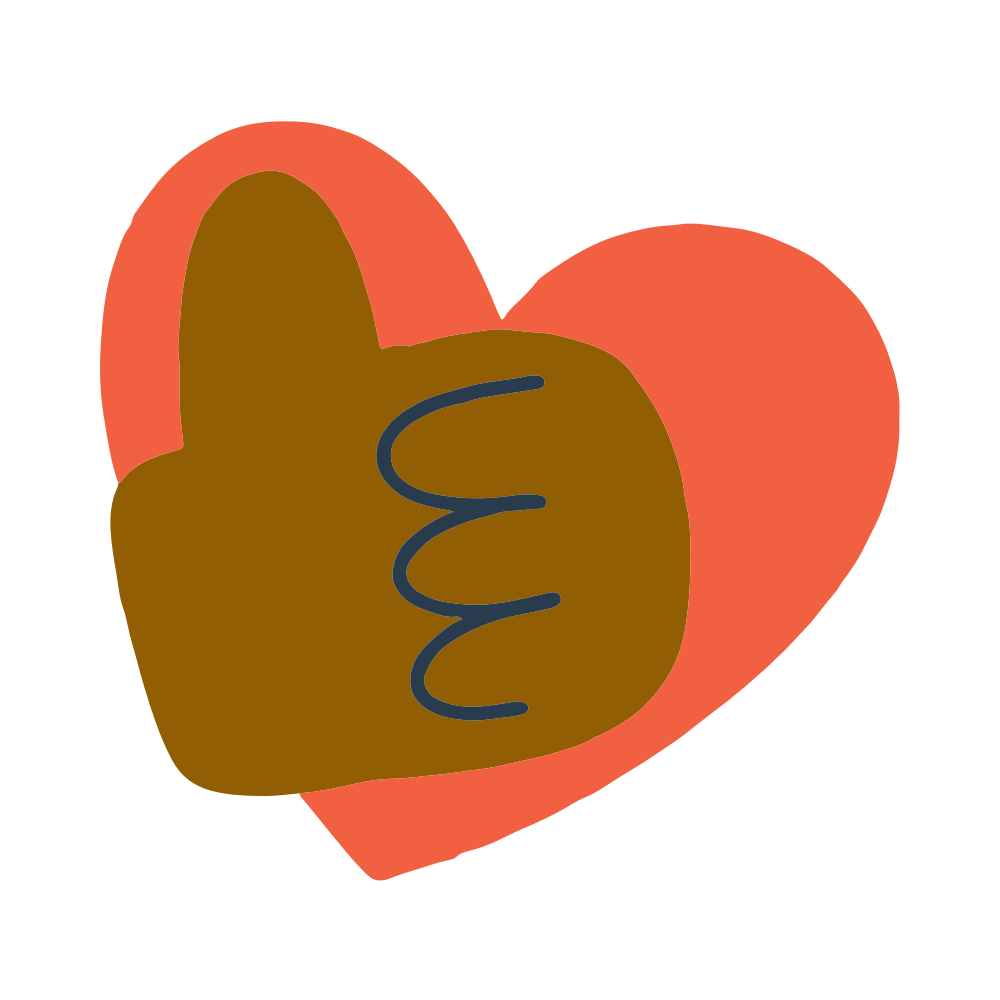
Practice Health Enhancing Behaviors
SHAPE Health Standard #7
Take Care of Your Well-being
-

Advocacy
Health Standard #8
Speak Up for Health
How Building and Applying Functional Knowledge Connects to Emotional and Mental Health:
Functional knowledge supports occupational health by helping students understand the role work plays in well-being, how different careers align with their interests and values, and what skills and habits are needed to thrive. It gives students the foundational information they need to explore, plan, and pursue meaningful work.
Building and Applying Functional Knowledge Teaching Ideas: Occupational Health and Career Exploration
Dream Job Map
Students explore their interests and values, then map potential jobs that align with them.Skill Connection Activity
Match everyday classroom tasks or hobbies to real-life job skills (e.g., organizing = project management).“Did You Know?” Job Edition
Create mini posters highlighting surprising jobs that support well-being or make a positive impact.
How Analyzing Influences Connects to Occupational Health and Career Exploration
Analyzing influences supports occupational health by helping students recognize how family, culture, media, and society shape their perceptions of success, career paths, and workplace norms. This skill empowers students to reflect on those messages and intentionally choose work that aligns with their personal values and goals.
Analyzing Influences Teaching Ideas: Occupational Health and Career Exploration
Cultural Perceptions Gallery Walk
Students explore how different jobs are viewed in various cultures or communities. Each station features a job and a prompt asking students to reflect on the societal expectations, status, or stereotypes tied to it.Feel/Think/Act Reflection
Choose a career or work environment (e.g., high-pressure CEO, early childhood educator, traveling nurse) and reflect on how the demands and expectations of the role might make someone feel, think, and act on a daily basis.Career Influence Mapping
Students create a visual map of the people, media, and cultural messages that have shaped their current ideas about “success,” “dream jobs,” or what it means to have a "good career."
How Accessing Valid Resources Connects to Occupational Health and Career Exploration
Accessing valid and reliable resources supports occupational health by teaching students how to find accurate information about careers, job training, and future opportunities. It also helps them identify who and what can guide them in making informed, meaningful decisions about their future work.
Accessing Resources Teaching Ideas: Occupational Health and Career Exploration
Career Webquest
Using the PROVE It skill cues, students research a job they’re interested in, exploring day-to-day responsibilities, salary, education paths, and job outlook, and evaluate the quality of each source.Career Interview Practice
Students prepare for and conduct an informational interview with a teacher, family member, or community member in a job they’re curious about. They use a guided form to capture insights and reflect.Pathway Planning Poster
Students choose a job and create a visual poster outlining the valid steps, people, and resources needed to reach it (e.g., certifications, college, training, mentors, internships).
How Interpersonal Communication Skills Connect to Occupational Health and Career Exploration:
Communication skills support occupational health by helping students explore career paths, build professional relationships, and thrive in work environments where collaboration, conflict resolution, boundary-setting, and teamwork are essential.
Interpersonal Communication Teaching Ideas: Occupational Health and Career Exploration
Teamwork Simulation
In small groups, complete a challenge requiring collaboration and reflection on communication styles.Mock Interview Practice
Role-play job or internship interviews using real or student-created questions.
Feedback Swap
Practice giving and receiving feedback with a peer on a small project or task.
How Decision-Making Skills Connect to Occupational Health and Career Exploration
Choosing a career is one of the biggest decisions students will ever make, requiring deep reflection, self-awareness, and goal alignment. Once in a career, success depends on navigating countless everyday decisions, managing time, communicating effectively, handling responsibilities, and responding to challenges with confidence and intention.
Decision-Making Teaching Ideas: Occupational Health and Career Exploration
Values Map + Career Fit
Students identify their top 3–5 personal values and explore how those values align or conflict with specific careers. This helps them reflect on what kind of work environment or purpose will support their well-being.What’s BEST? or WISE Job Scenarios
Students analyze a series of job-related scenarios (e.g., choosing a part-time job over a sport, deciding between two internships) and use the WISE or BEST models to decide which actions align with their values and goals.How Big is the Choice? Sort
Students sort a list of job-related decisions into two categories: “Quick Gut Choice” (e.g., what to wear to an interview) vs. “Needs Deep Thought” (e.g., what career path to pursue). Then they discuss how they knew which required more intention.
How Goal-Setting Connects to Occupational Health and Career Exploration:
Goal setting supports occupational health by helping students identify and work toward careers that align with their passions and values. It also encourages ongoing self-assessment, allowing students to recognize which skills, habits, and behaviors they need to develop to thrive in their future workplace.
Goal Setting Teaching Ideas: Occupational Health and Career Exploration
Skill-Building Goal Tracker
Set a weekly goal to build a transferable skill like organization or leadership.Peer Interview
Students interview each other about their strengths and how those can support future career goals.“Future Me” Goal Letter
Write a letter to their future selves describing where they want to be and how to get there.
How Self-Management Connects to Occupational Health and Career Exploration:
Self-management supports occupational health by helping students take responsibility for their actions, routines, and mindset. It empowers them to build habits like staying organized, meeting deadlines, and following through on responsibilities—skills that are essential for success in any job or career path.
Self-Management Teaching Ideas: Occupational Health and Career Exploration
Time Audit Activity
Track how they spend their time, reflect, and set intentions for better alignment with values.Pause + Reflect Prompts
Daily check-ins like “What task drained or energized me today?”Obstacle Reflection Map
Identify what holds them back from completing tasks and/or building occupational habits, and brainstorm personal strategies.
How Advocacy Connects to Occupational Health and Career Exploration:
Advocacy supports occupational health by teaching students how to speak up for their needs, ask for support, and seek opportunities that align with their goals. It also empowers them to advocate for fairness, equity, and improved conditions in the workplace or broader career landscape.
Advocacy Teaching Ideas: Occupational Health and Career Exploration
Self-Advocacy Scripts
Practice asking for extensions, support, or leadership roles respectfully and clearly.School Improvement Pitch
Students identify a way to improve their school’s prep for future careers and pitch a solution.Passion Project Advocacy
Choose a cause they care about and explore how it can connect to future occupational paths.
occupational Health Education VIDEOS
Youtube
Prepare students for the future with Occupational Health and career exploration videos that explore careers, goal-setting, and finding meaningful ways to contribute.
Popular Occupational Health Videos for Health Teachers

Done-For-You
Lesson Plans
Occupational Health Lesson Plans
Help students explore careers, find meaning in work, and connect future goals to their well-being with Project School Wellness’s Occupational Health lesson plans.
-
Lesson #1: How a Job Impacts Your Health
Lesson #2: What makes a job great?
Lesson #3: Career Exploration
-
Level 1: Occupational Health
Lesson #1: Occupational Health: My Job
Lesson #2: How to Thrive at Work
Lesson #3: Accessing Valid Information
Level 2: Choosing a Career
Lesson #1: Values-Based Decisions (Skills Intro: Health Decision Making)
Lesson #2: What Really Matters When Choosing a Job
Lesson #3: Career Appraisal
Level 3: Exploring Your Dream Career
Lesson #1: Examining Your Dream Job
Lesson #2: How to Succeed in Your Dream Job
Lesson #3: Career Fair

Curated Career Exploration Teaching Resources
Occupational Health Teaching Resources
-
Middle School Career Exploration UnitBuy | Free Access for MS Members
High School Career Exploration UnitBuy | Free Access for HS Members
-
Coming Soon!
-
Coming Soon!
-
Coming soon!
Meet Project School Wellness
Your Go-To Partner in Health Education!
At Project School Wellness, we are dedicated to making health education simple, effective, and life-changing.
As your one-stop health education hub, we offer ready-to-use health curriculum and resources for health teachers, expert guidance for parents navigating tough topics, and trusted insights for students building lifelong health skills. Whether in the health classroom, at home, or learning on your own, we’re here to help students build the knowledge, skills, and confidence needed to live their healthiest, happiest lives.
